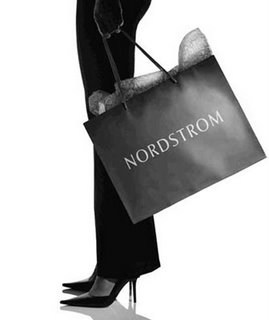
When you compare notes between two of the most recent studies of affluent consumer behavior, you start to wonder about the future of the luxury department store.
Unity Marketing’s latest survey revealed that while Barneys, Nordstrom and Bergdorf Goodman are favorites of the ultra-affluent (defined by Unity Marketing as those with incomes of $250,000 or greater), they have been suffering over the past two quarters from very large dips in store patronage.
So the question is, are their former patrons now shopping online? And if so, are they shoppping online at Barneys, Nordstrom, and Bergdorfs or are they taking their money elsewhere?
While we can’t definitively answer the second question, we can pretty much say “yes” to the first one. The rate of online shopping continues to grow, especially as affluent consumers acquire more smart phones and tablets. But that’s not the only reason for this shift.
If you look at the data from The 2011 Survey of Affluence and Weatlh in America from American Express Publishing, you’ll see a few possibilities for why luxury department stores may be falling behind.
The country’s most highbrow brick-and-mortar department stores may have survived the Great Depression, but this is a whole new ballgame. It’s not just about the changed behavior of the consumer, but the rapid growth of technology and the convenience it provides them. Do the affluent value the experiences they can only get inside a store with a (presumably) knowledgeable salesperson as their guide? Or is convenience king?
Only time will tell. Until then, Barney and friends need to figure out Plan B.
(Note: The American Express Survey includes respondents with incomes of $100,000 or higher. They divide respondents into four income categories – Upper-Middle Class, Affluent, Super-Affluent and Wealthy. The latter two are more inline with what Unity Marketing defines as Ultra-Affluent.).